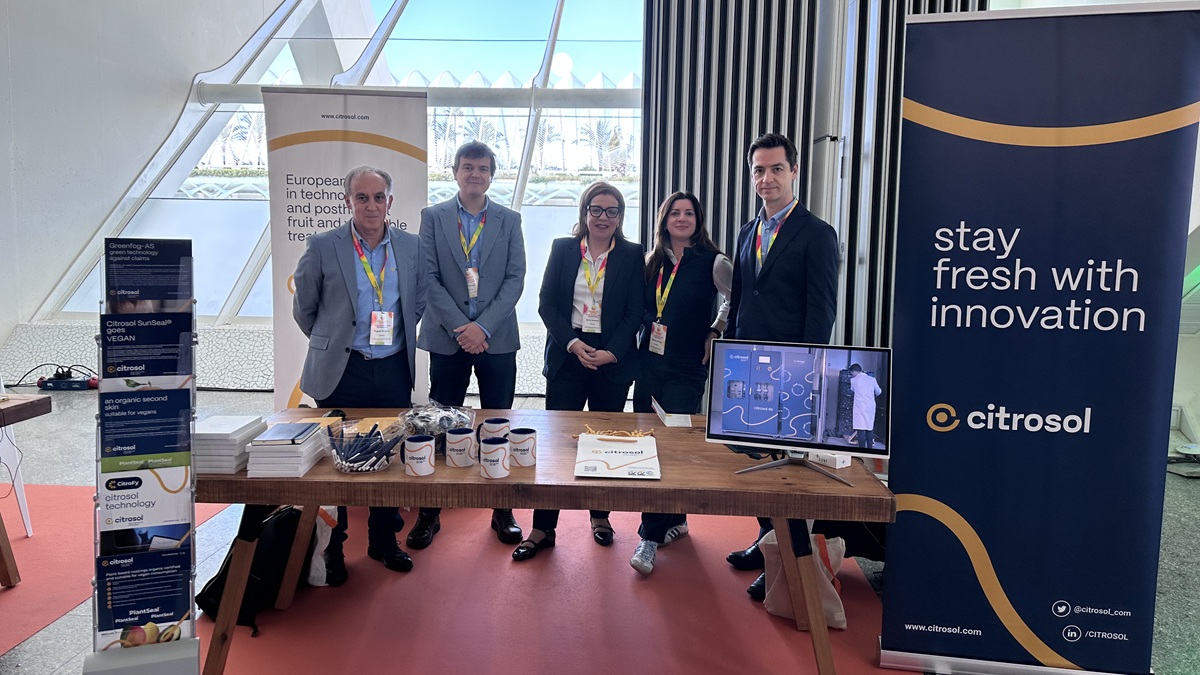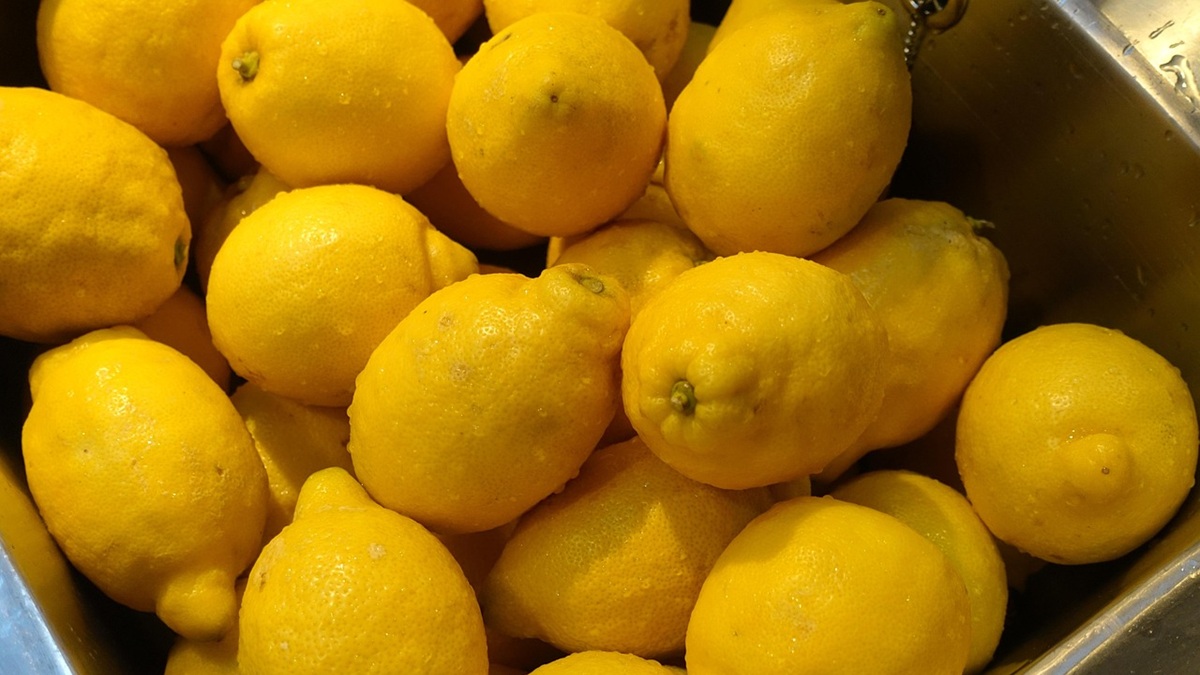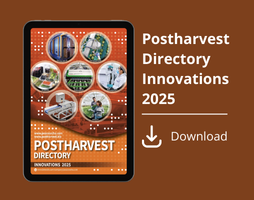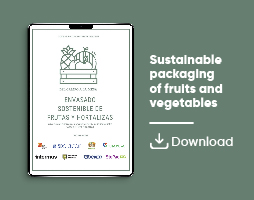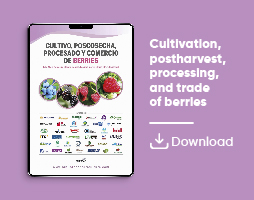

Citrosol
Phytosanitaries
Postharvest Coatings: A Key Strategy in Reducing Food Waste
Dr. Benito Orihuel, Postharvest Adviser at Citrosol and member of the Scientific Committee of the “5 a Day” Association, presents the latest advancements in the use of postharvest coatings on citrus fruits in the association’s scientific newsletter. Drawing from studies published in Actual Poscosecha and Wageningen University, the editorial emphasizes the impact of these technologies on fruit preservation, sustainability, and the reduction of food losses
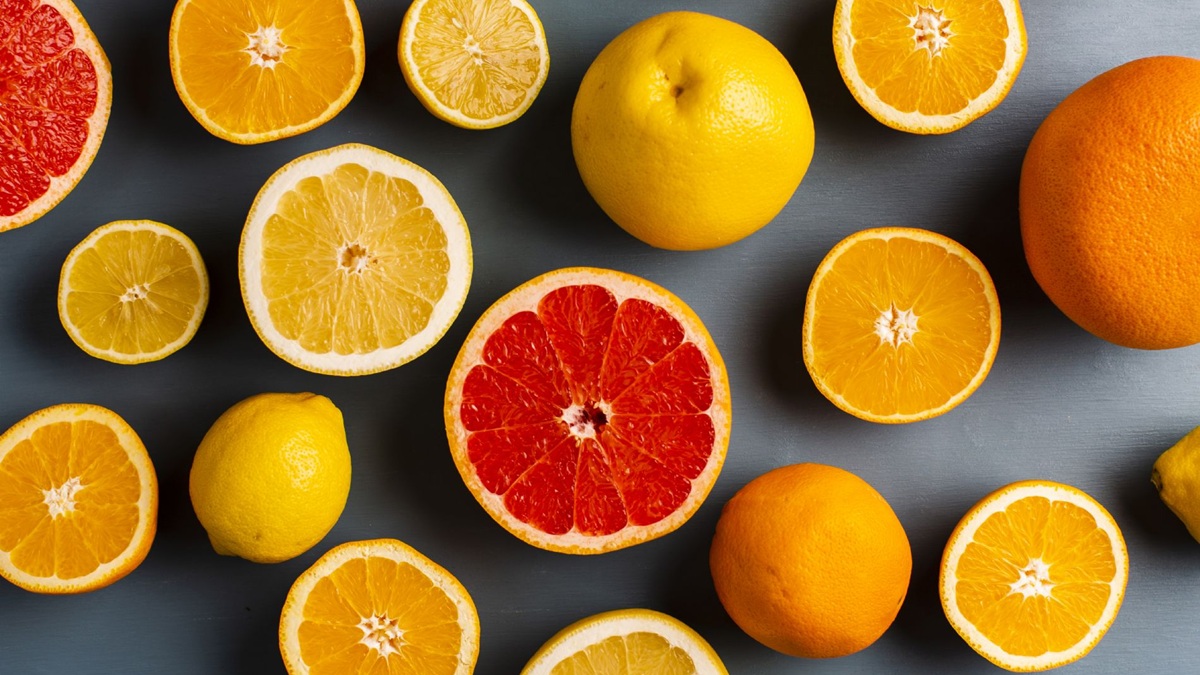
In today’s context, sustainability and food loss reduction have become critical challenges for the agri-food industry. Postharvest coatings are gaining growing importance for their ability to enhance the shelf life of fresh produce. The Spanish“5 a Day” Association, committed to scientific outreach in the fields of health and nutrition, is proud to highlight the most recent advances in this area through its April 2025 edition of the scientific newsletter.
In this issue, Dr. Orihuel, Postharvest Adviser at Citrosol and member of the Scientific Committee of the “5 a Day” Association, introduces three key studies from Actual Poscosecha exploring coating applications in citrus, alongside a fourth paper from Wageningen University analyzing consumer perceptions regarding food additives used in such treatments. The featured studies examine innovative strategies for improving preservation, mitigating chilling injury, and reducing food waste. In addition to showcasing technological innovations, they explore the sustainability impacts of coatings throughout fresh produce distribution and marketing chains.
Actual Poscosecha is a scientific-technical journal that compiles and disseminates cutting-edge developments in fruit and vegetable preservation, packaging, and processing. Supported by a distinguished team of technical advisors, its first issue, launched in October 2024, featured 11 articles covering a wide array of innovations—including citrus coatings, sustainable packaging solutions, alternative conservation treatments, waste valorization, and advanced analytical tools applied to crops such as persimmons and other niche fruits.
Foreword
The use of postharvest coatings—commonly referred to as waxes—dates back to the 1930s. Initially developed to reduce weight loss during fruit transportation and distribution, their main function soon shifted to enhancing fruit gloss—a purpose that today may seem somewhat superficial.
Recently, however, we are witnessing a turning point. Coatings are increasingly being recognized as powerful tools to combat food loss across the fresh produce supply chain. The studies reviewed focus on citrus fruits, where coatings are most commonly applied, though their use is expanding to pineapples and emerging in high-loss crops like avocados.
Although commercial coatings vary in their ability to reduce weight loss, chilling injury, and fruit deformation, all contribute to reducing food waste (Pérez Gago et al., 2024). Notably, one plant-based coating was shown to cut weight loss by nearly 50% (Zacarías et al., 2024; Orihuel-Iranzo & Torregrosa, 2024), while also preventing chilling damage and fruit deformation, which impacts both commercial and sensory quality (Pérez Gago et al., 2024; Orihuel-Iranzo & Torregrosa, 2024).
These coatings could become a critical tool in reducing food loss over the coming decades. Their use is already being tested on vegetables like cucumbers and zucchini, where edible coatings could replace plastic wraps currently used for long-distance exports.
Finally, Wageningen University researchers emphasize that consumers’ negative perceptions of food additives in coatings call for well-designed informational campaigns. These campaigns should focus on the safety and sustainability benefits of coatings.
Benefits of Postharvest Coatings in Citrus Fruits
Pérez Gago et al. evaluated the effect of postharvest coatings on ‘Lanelate’ oranges, analyzing their impact on fruit preservation and energy efficiency during transport. The coatings significantly reduced weight loss and maintained fruit firmness and visual appeal—without affecting internal, external, or sensory quality.
Transport trials revealed that coated oranges retained quality at 8°C, compared to uncoated ones that required 5°C, suggesting energy savings by allowing for higher shipping temperatures without quality compromise.
These coatings not only extend shelf life but also support greener refrigerated transport, enhancing the citrus sector’s competitiveness.
Effect of New Coatings on Chilling Injury and Postharvest Quality in 'Lanelate' Oranges
Zacarías et al. studied the performance of two coatings and their combination with the fungicide thiabendazole (TBZ) to protect against chilling injury (CI) and maintain postharvest quality in ‘Lanelate’ oranges. Treatments included PlantSeal® (carnauba wax), SunSeal-CIC (oxidized polyethylene and shellac), and SunSeal-CIC + TBZ.
All coatings reduced weight loss and effectively protected against CI without affecting fruit quality. PlantSeal® was most effective in minimizing weight loss, while TBZ provided no additional benefit for chilling protection.
Additionally, coatings reduced dehydration, preserved taste, and downregulated ethylene-related enzymes. PlantSeal® and SunSeal-CIC offer effective, sustainable protection, potentially eliminating the need for fungicides in citrus postharvest management.
Postharvest Quality Effects of the Plant-Based Coating PlantSeal®
The study by Orihuel & Torregrosa highlights the impact of PlantSeal®, a carnauba wax-based, plant-derived coating certified for organic farming and vegan consumption.
PlantSeal® reduced weight loss by nearly 50%, preserved firmness, and minimized chilling injury and fruit deformation. It significantly lowered the incidence of chilling spots—up to 85%—serving as an effective alternative to fungicides like TBZ.
It also maintained low ethanol levels, preventing off-flavors during cold storage. The coating improved weight retention during shipping, enhancing profitability for producers and distributors.
Overall, PlantSeal® offers a sustainable, effective solution for citrus preservation, reducing dehydration and chilling damage while maintaining fruit quality and replacing synthetic fungicides.
Consumer Perceptions of Additives and Postharvest Coatings
The report by van Bergen and Zeinstra explores European consumer perceptions regarding additives in fruit and vegetable coatings, as well as their informational needs. Findings show limited public awareness of postharvest treatments. Current labeling—using E codes or complex ingredient names—often causes confusion and skepticism.
However, when the purpose and sustainable benefits of coatings are explained, especially their plant-based origin, consumer perception improves. Consumers demand transparency, though few actively seek out such information.
The report recommends clear labeling of protective coatings and simple explanations of their role. It also calls for new communication strategies to enhance understanding and acceptance.
In summary, transparent and accessible messaging about postharvest additives can improve consumer acceptance and meet growing demands for sustainability and information.


